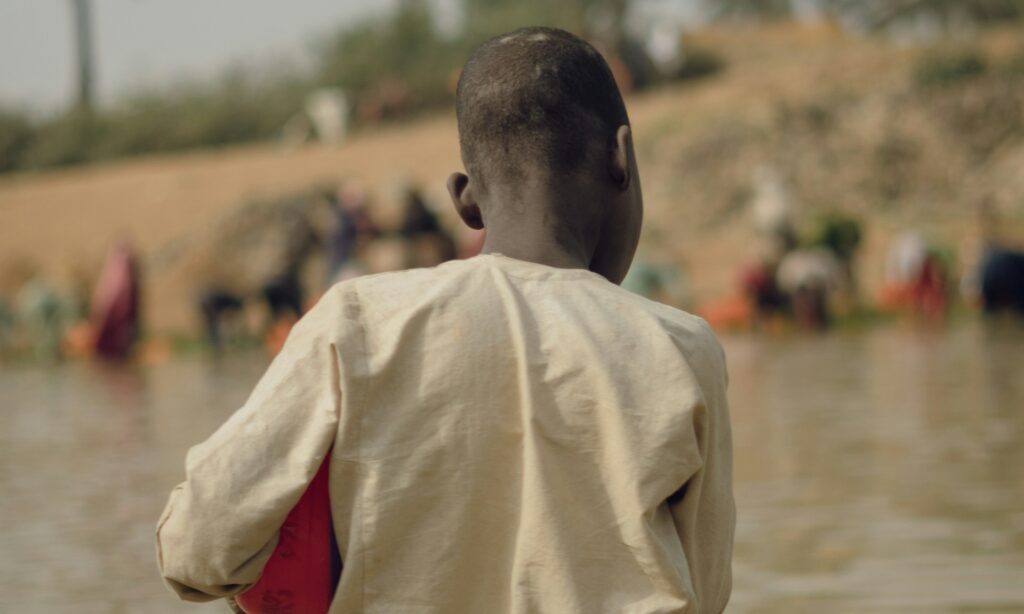Floods are one of the most common – and devastating – natural disasters in the world. In some areas, however, they are a common occurrence.
Floods
Many people are concerned about floods right now (October, 2024). Hurricane Milton has just crashed over Florida in the United States, but Typhoon Yagi, Storm Boris, and heavy rainfall have visited devastation across Europe, Asia, and Africa respectively. All within two months.
Three massive flood events across three continents have claimed over 1,500 lives and cost over $15 billion in September.
– Bob Henson and Jeff Masters, writing for Yale Climate Connections
The concept of a flood is relatively simple: water overflows onto areas that are habitually dry. But there are actually several varieties of floods. River floods are one of the most common types of floods worldwide, where an overabundance of water causes a river to swell past its banks. This can be devastating to the land as well as the communities in its path. Even the sea can flood along the coast, called tidal flooding, usually during high tide but climate change has seen the rising of the sea levels and resulting floods. Flash floods are both extremely dangerous and extremely common; in fact, 85% of flooding is flash floods.[1] These floods happen quickly, often just minutes after their inciting rainfall, and are known for both incredible speed and destructive power.
Flash floods tend to be more common in areas with a dry climate and rocky terrain due to lack of soil vegetation, which acts as a defense or barrier against torrential rains flowing overland.
– Olivia Lai, writing for Earth.org
But where do these floods come from? Storms in the ocean and earthquakes that generate tsunamis can cause waves to come rushing on shore in low-lying coastal areas. The destruction of man-made infrastructure, such as levees or dams, can also cause devastating floods.[2] Heavy rainfall is one of the most common causes of floods. Once the ground is waterlogged, excesses flood the local area. Rain can also cause rivers to overflow, causing floods both near and far. In fact, along with ice and snow melt off, distant rain is most likely to cause flooding in dry areas with little vegetation to break up the soil and help retain moisture.
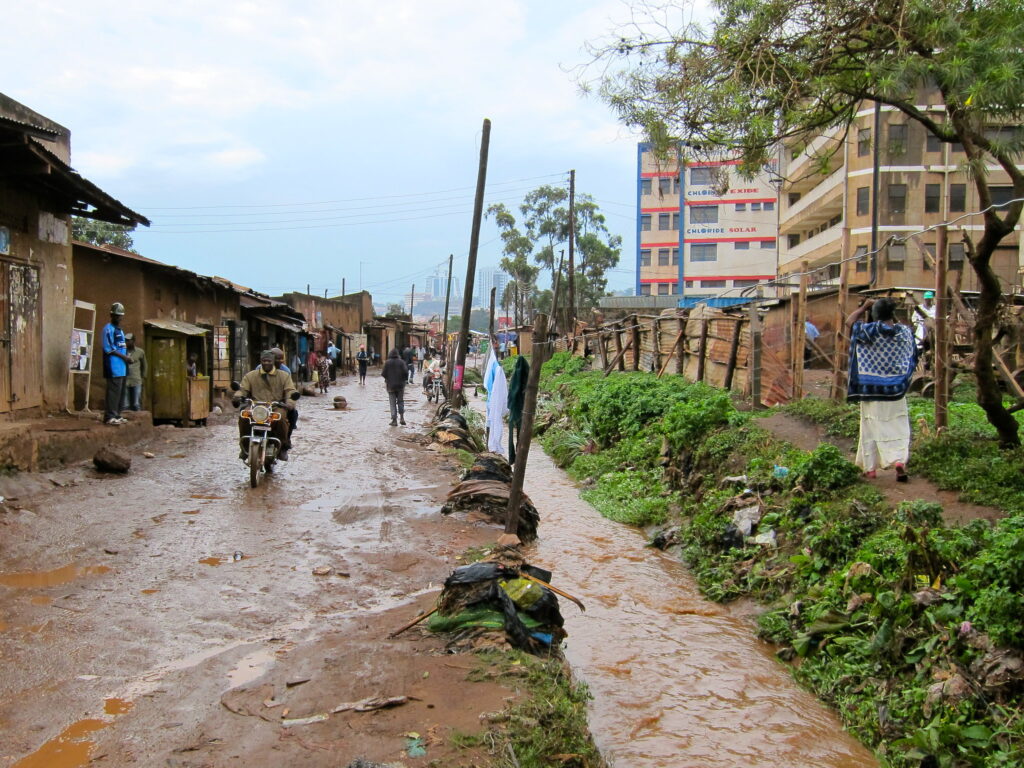
Rains in Africa
In the Sahel region and West Africa, the weather is dominated by the West Africa Monsoon (WAM). This means that for most of these countries, seasonal rains and floods are common from June through September. Climate change has altered things somewhat, however. Farmers in The Gambia, for example, have noted that the rainy season has become shorter. In fact, this shortening rainy season is one cause of desertification throughout the Sahel. According to NASA, severe drought, such as are happening in the region, along with poor soil conservation, leads to extreme topsoil erosion and have devastating effect – such as the 1930s Dust Bowl in the United States.
Want to Know More?
Read this NASA article!
As the ground dries and vegetation dies off, the soil loses elasticity. It becomes increasingly dry and barren – and water resistant. Then, when the rains come, they cause flash floods. As climate change intensifies and the world becomes warmer, it also becomes wetter, because warm air retains more water than cold.[3] This means there is more water accumulated and longer, heavier rain falls. In sub-Saharan Africa, this means intensifying both dry and rainy events.
The result is more floods.
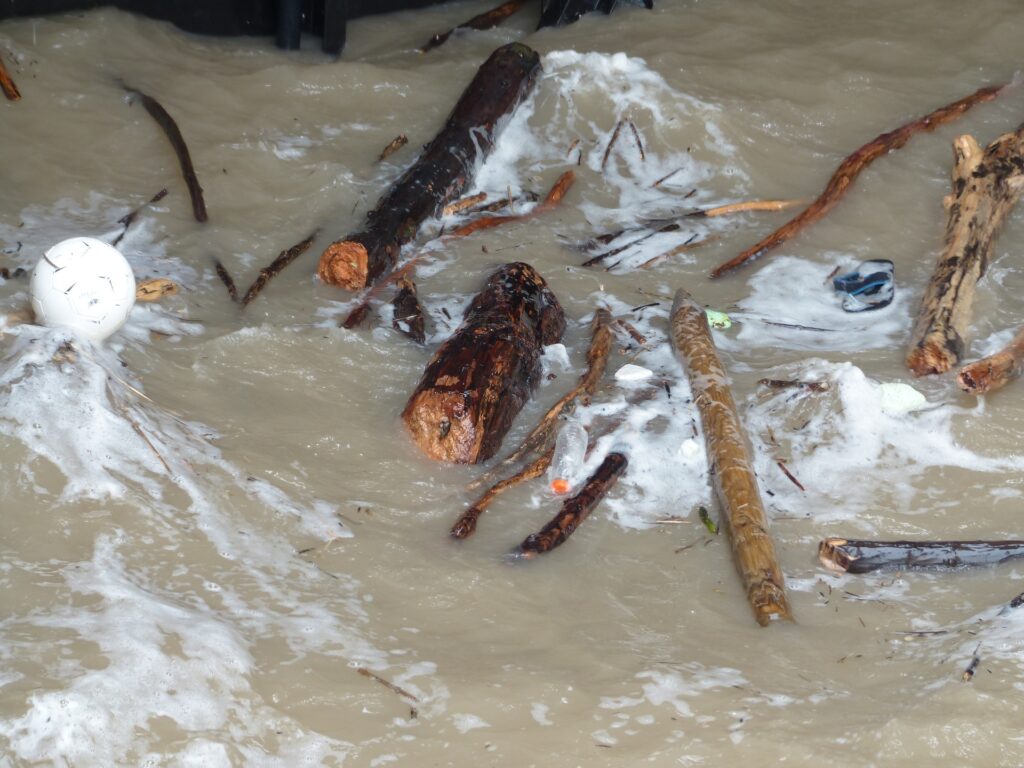
Dangerous Rapids
Each year, some 5,000 people lose their lives to flash floods.[4] Whether from distant storms or a broken dam, these fast-moving waters can seemingly appear out of nowhere, destroying anything – or anyone – in their path. Part of the reason flashfloods are so devastating is the utter lack of warning. And yet, as we are seeing now, even when the warning is ample, many people do not have the means or ability to flee.
In a flood, 2 feet (61 cm) of water can move with enough force to wash a car away, and 6 inches (15 cm) of water can knock you off your feet.
– Tom Harris, writing for How Stuff Works
The things in the water can be as damaging as the water itself. Rampaging flood waters not only sweep cars and people away, they bring along broken buildings, trees, etc. As they crash through the countryside, all the bits and pieces that have broken are washed along, posing further dangers to individuals, animals, and structures in the way.
Lingering Effects
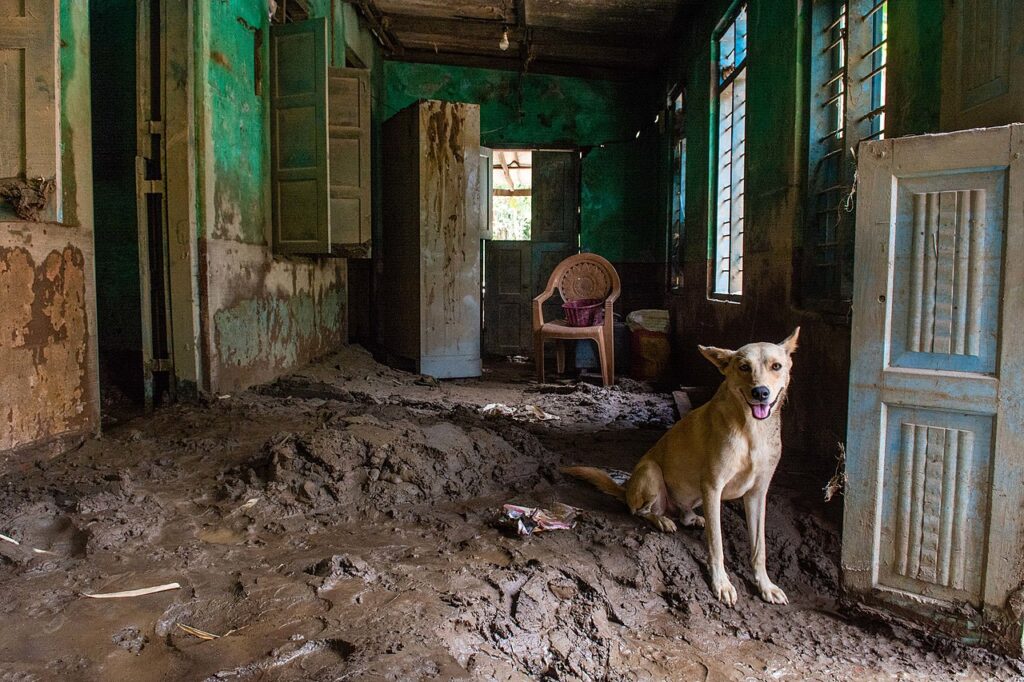
It might seem that once the storm is over, once the water recedes, the danger is over. The mud and debris left in the flood’s wake, however, make for a dangerous environment as cleanup begins. And one of the greatest dangers is largely unseen. Flood waters frequently disturb infrastructure, including sanitation facilities and sewers. These, plus medical waste from health facilities and pollutants such as pesticides and fertilizers, infuse the water and can contaminate everything it comes in contact with, from drenched bedding to the neighborhood well. And once these pathogens seep into local water sources, people lose access to potable water for drinking or cleaning when they need it the most.
Water can linger for days after a flood. Clogged with the dead – animals as well as people – detritus, and trash, the lingering pools are breeding grounds for mosquitoes and disease. Mosquitoes bring diseases such as malaria and dengue fever, but the water itself can have bacteria such as E. coli as well as chemical pathogens. In these conditions, even a scratch during rescue or cleanup can be deadly.
Want to Know More?
Check out this Guide to water-related infectious diseases from WHO!
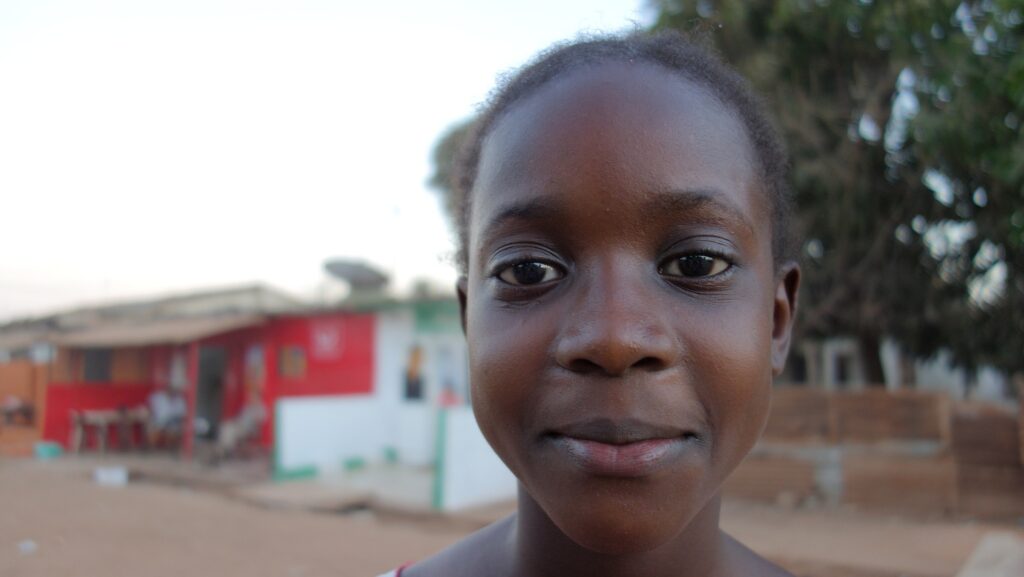
Nearly four and a half million people have been affected by floods in West and Central Africa this year. Hundreds are dead and hundreds of thousands displaced. Large swaths of agricultural land have been contaminated, and more than 100,000 head of cattle have been swept away by floods this year (2024).[5] After all of this devastation, it is time to clean up.
Did you know it only takes $5 to provide two people with hygiene kits? Or that $15 can provide 5 people with personal first-aid kits to clean and treat wounds received during flood cleanup? Every dollar counts! You can help us bring vital medical supplies to flood victims in The Gambia!
[1] https://wmo.int/about-us/world-meteorological-day/wmd-2020/floods#:~:text=Flash%20floods%20account%20for%20approximately
[2] https://scijinks.gov/flood/#:~:text=Learn%20how%20heavy%20rain,%20melting%20snow%20and
[3] https://www.nasa.gov/centers-and-facilities/goddard/warming-makes-droughts-extreme-wet-events-more-frequent-intense/#:~:text=Scientists%20have%20predicted%20that%20droughts
[4] https://wmo.int/about-us/world-meteorological-day/wmd-2020/floods#:~:text=Flash%20floods%20account%20for%20approximately
[5] https://www.unocha.org/publications/report/chad/west-and-central-africa-flooding-situation-overview-22-september-2024#:~:text=FLOODING%20SITUATION%20OVERVIEW.%20Torrential
